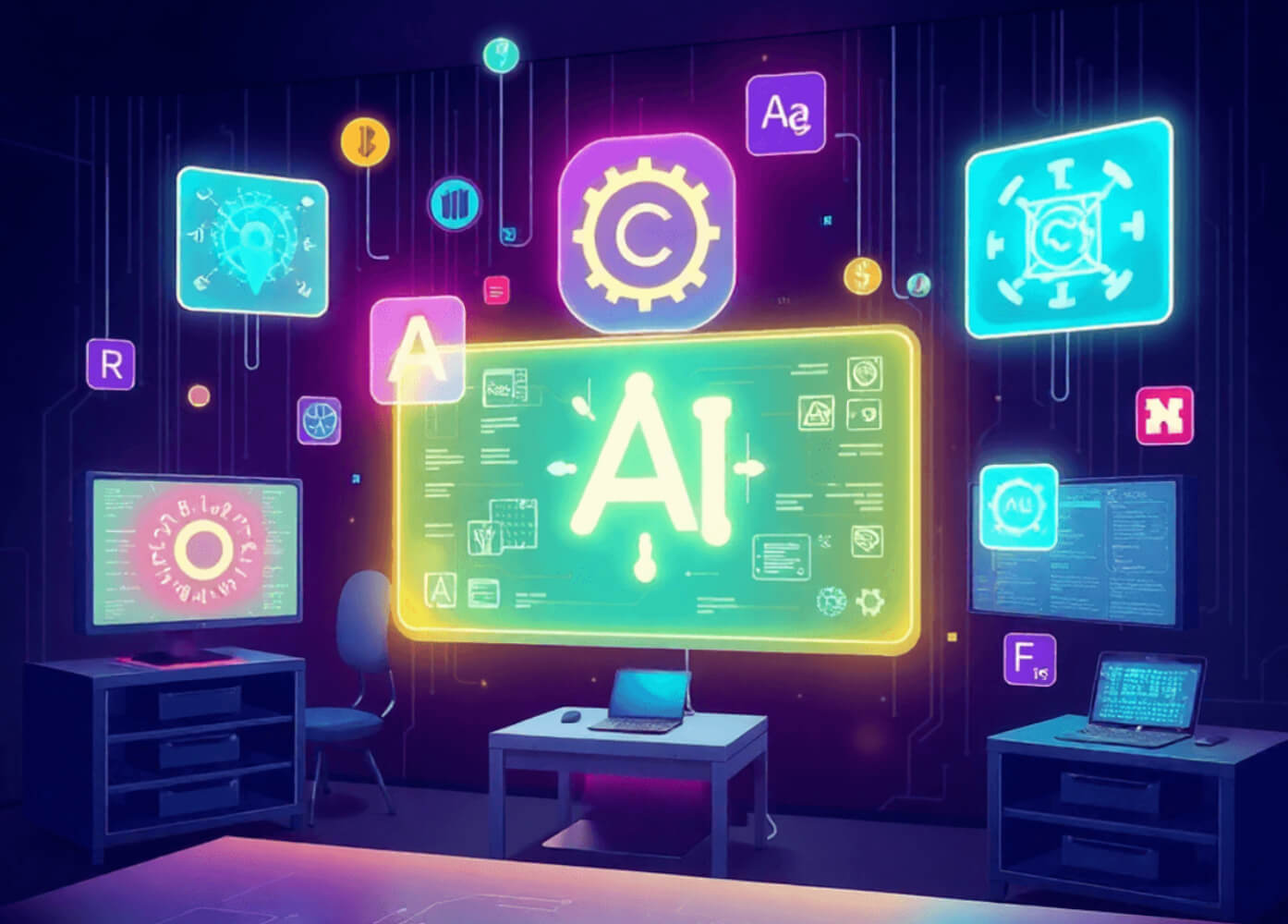Introduction:
Artificial Intelligence (AI) is rapidly transforming industries, from healthcare to finance to entertainment. As AI continues to expand, the demand for skilled developers who can leverage AI programming languages is higher than ever. Choosing the right language can make a significant difference in productivity, efficiency, and the quality of AI solutions.
In this blog, we’ll explore the top 7 trending AI languages that every developer should consider mastering.
Python
Python remains the most popular AI programming language for its simplicity and versatility.
Why Python?
- Extensive AI libraries like TensorFlow, PyTorch, Keras, and Scikit-learn.
- Easy syntax makes it beginner-friendly.
- Strong community support for troubleshooting and collaboration.
Use Cases: Machine learning, deep learning, natural language processing, computer vision.
R
R is a powerful language for statistical computing and data analysis, making it ideal for AI applications requiring heavy data manipulation.
Why R?
- Excellent for data visualization and statistical modeling.
- Supports AI frameworks and packages for predictive analytics.
Use Cases: Data analysis, machine learning, statistical modeling, bioinformatics.

Java
Java has been a staple in enterprise software development and is gaining popularity in AI for its scalability and performance.
Why Java?
- Platform-independent, making AI applications portable.
- Strong tools and frameworks like Deeplearning4j for AI development.
Use Cases: Large-scale AI applications, natural language processing, neural networks.
C++
C++ is known for speed and efficiency, which is crucial for AI systems requiring high-performance computing.
Why C++?
- Faster execution compared to interpreted languages.
- Ideal for game development, simulations, and AI models requiring real-time processing.
Use Cases: Game AI, computer vision, robotics, real-time AI applications.
JavaScript
JavaScript is no longer just for web development—it’s making its mark in AI too.
Why JavaScript?
- Libraries like Brain.js and TensorFlow.js bring AI to web applications.
- Enables AI-powered web interfaces and interactive applications.
Use Cases: AI in web apps, browser-based machine learning, interactive dashboards.
Julia
Julia is a newer language designed for high-performance numerical and scientific computing. It’s gaining traction in AI for its speed and mathematical efficiency.
Why Julia?
- Combines the speed of C++ with the simplicity of Python.
- Ideal for complex mathematical computations and AI simulations.
Use Cases: Scientific computing, machine learning, deep learning, simulations.
Lisp
Lisp has a long history in AI development and remains relevant due to its unique features supporting symbolic computation and rapid prototyping.
Why Lisp?
- Supports AI research with features like dynamic memory allocation and recursion.
- Highly adaptable for experimental AI projects.
Use Cases: Natural language processing, AI research, symbolic reasoning, robotics.
Conclusion:
Choosing the right AI programming language depends on your project requirements, performance needs, and personal familiarity. Python dominates the AI landscape, but languages like R, Java, C++, Julia, JavaScript, and Lisp each bring unique strengths to specific AI applications.
Call to Action:
Stay ahead in the AI revolution pick the language that aligns with your goals, start experimenting with AI projects, and enhance your skills to create smarter and more impactful solutions.




